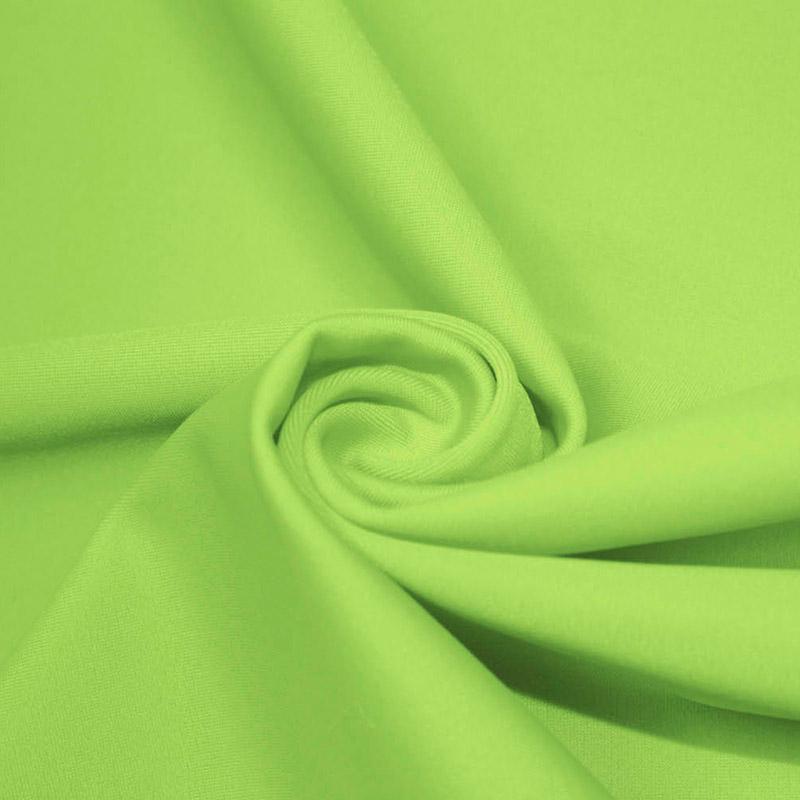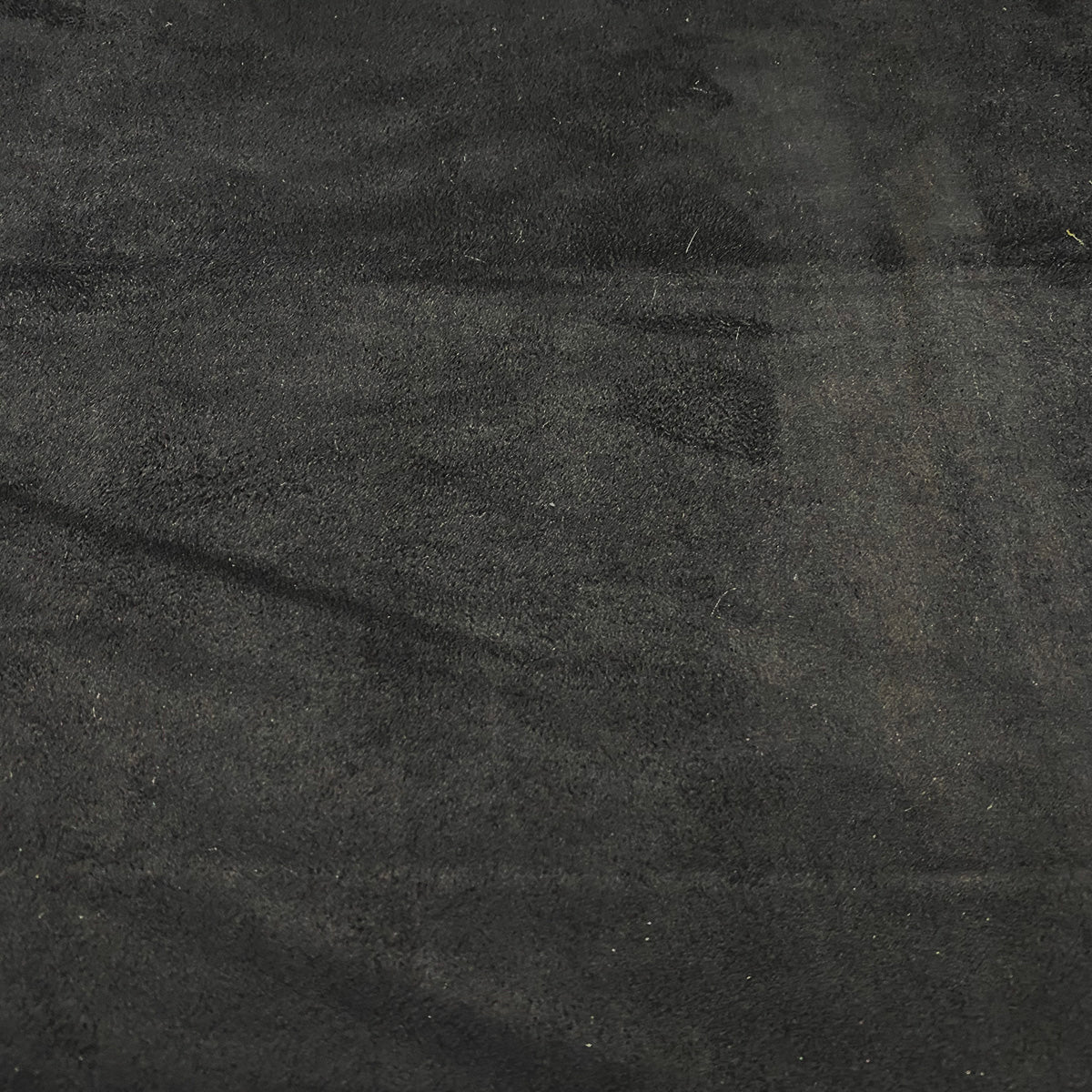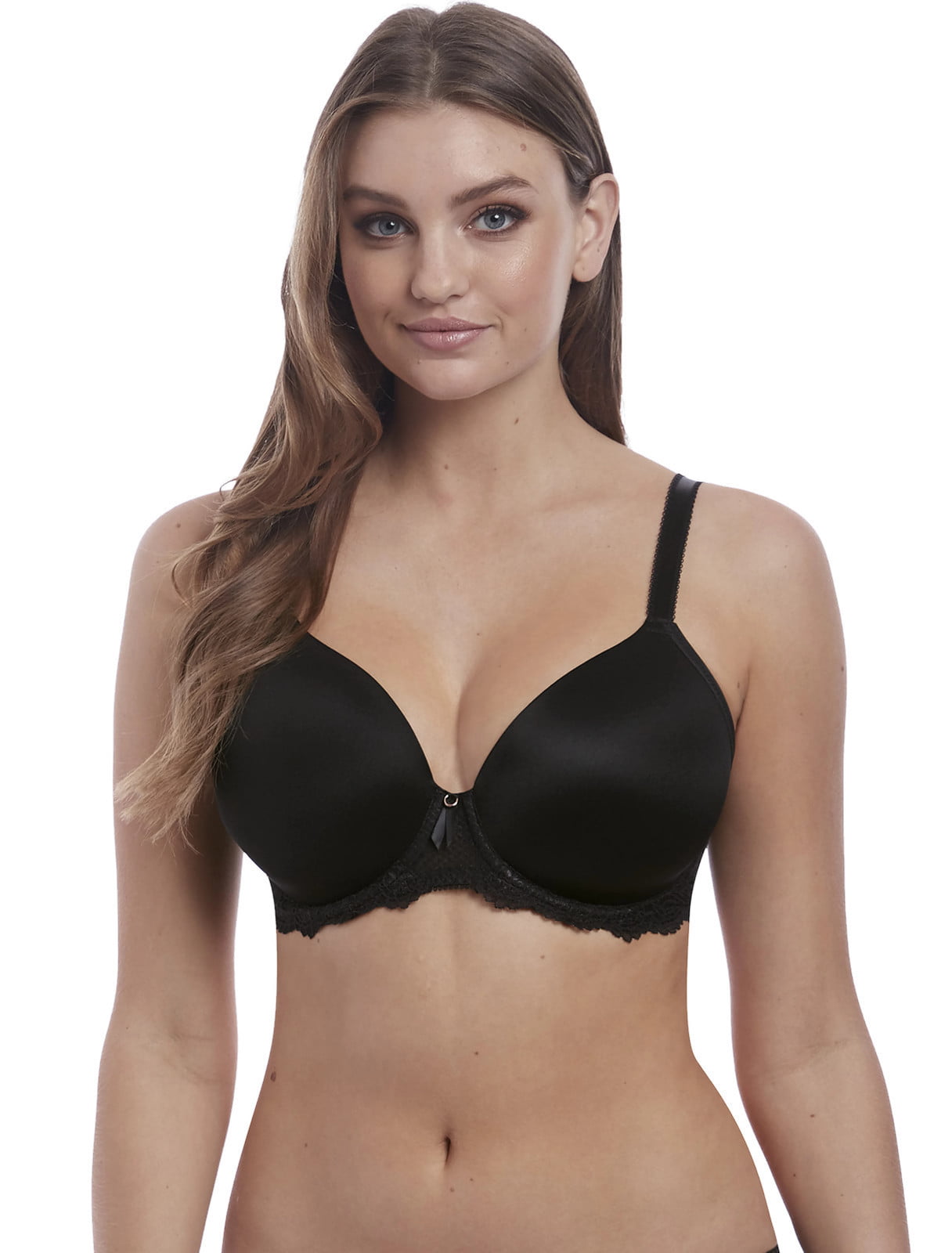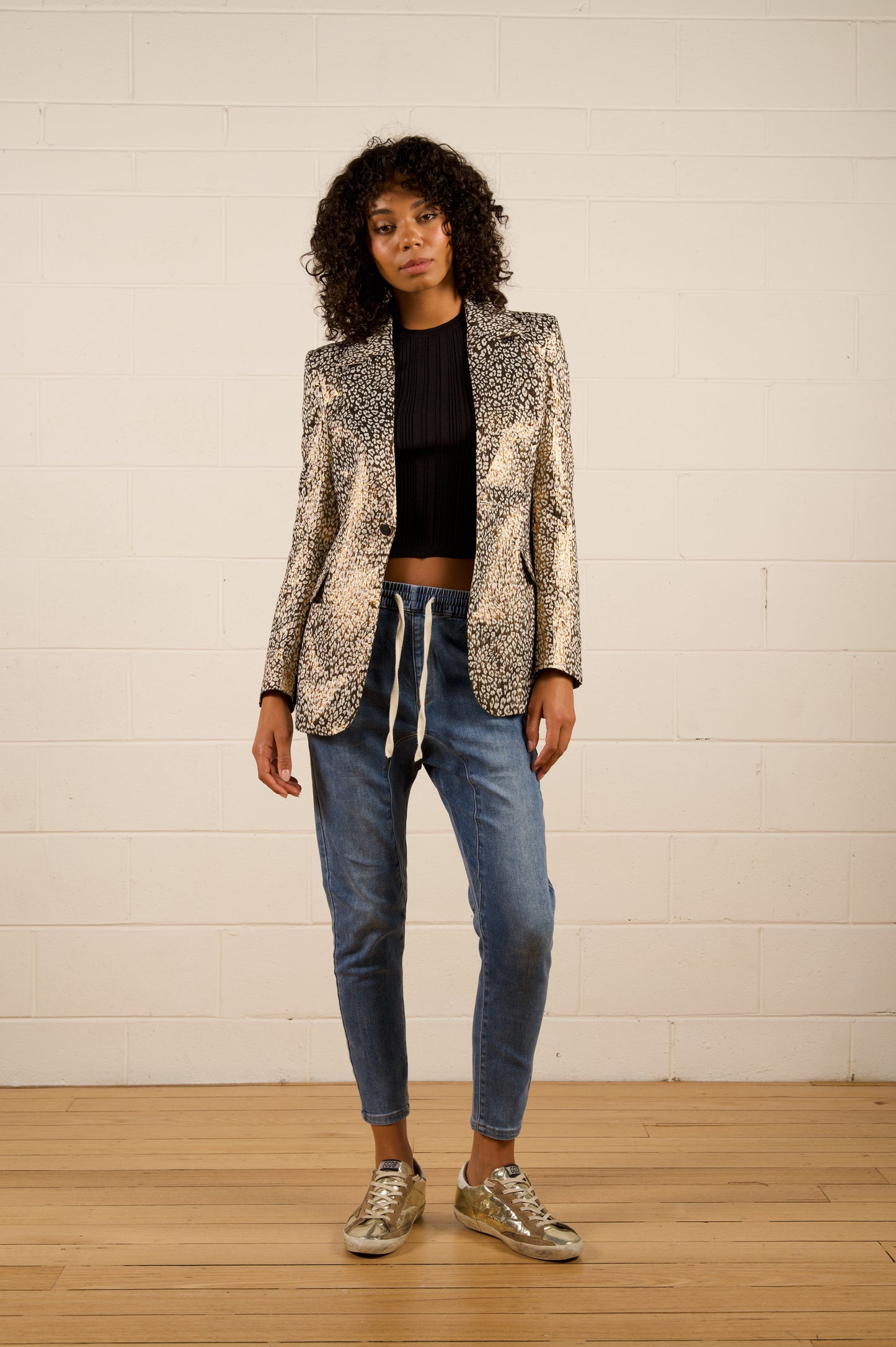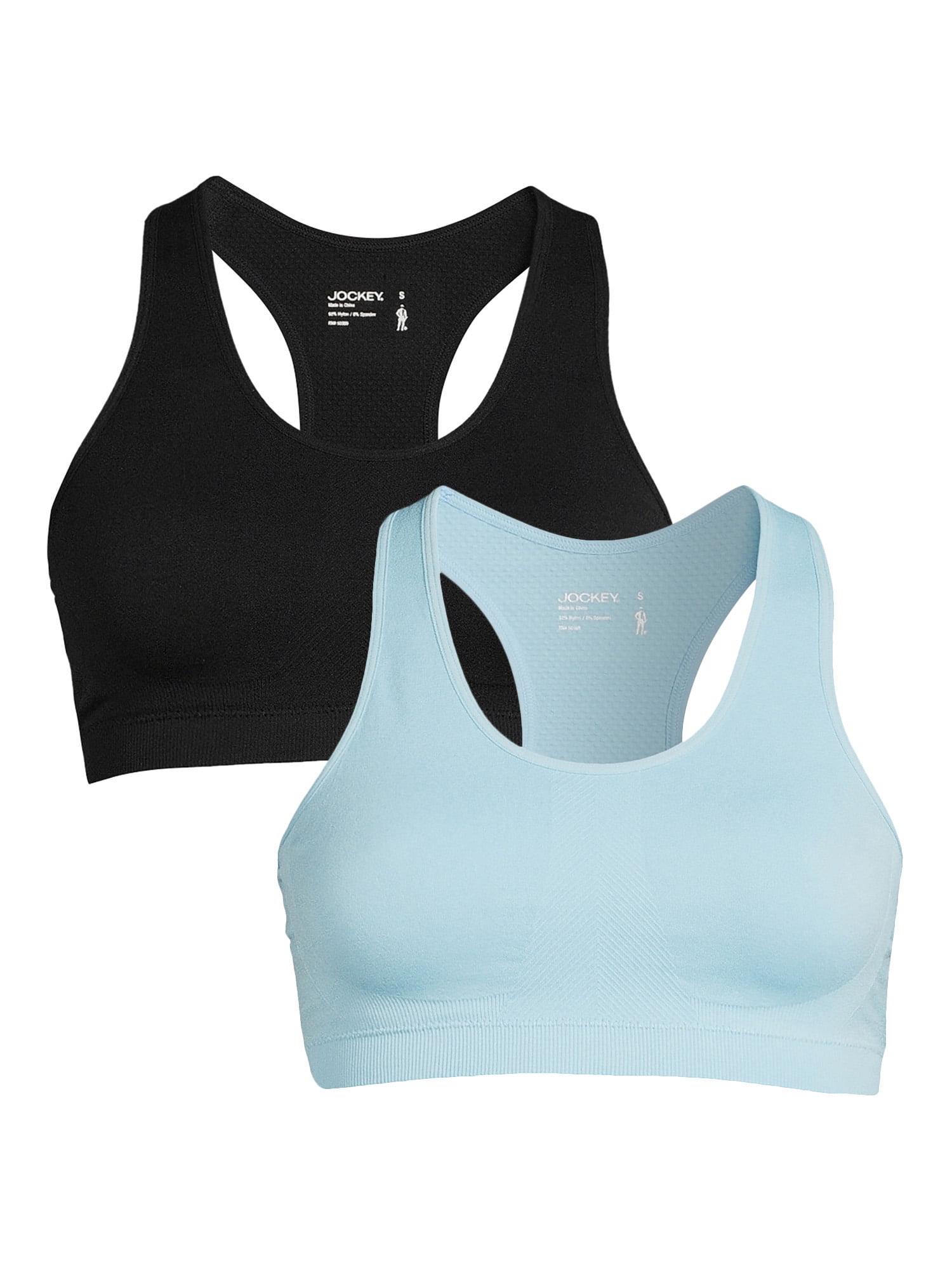The microfabric of horizons in the surface and buried soils, XPL.

Download scientific diagram | The microfabric of horizons in the surface and buried soils, XPL. Left-surface soil; right-buried soil. (a) Ah2 horizon; (b)-Ahkb horizon; (c, d)-Bt1 and Btkb horizons. Note clay coatings in the micromass; (e, f)-2Ahkb1 (e) and 2Ahkb2 (f) horizons. Glauconite grains are distinguished by greenish color. (For interpretation of the references to color in this figure legend, the reader is referred to the Web version of this article.) from publication: Paleoenvironmental reconstruction based on soils buried under Scythian fortification in the southern forest-steppe area of the East European Plain | Landscape response to Late Holocene climatic cycles is based on detailed hierarchical morphological, analytical and micro-biomorphic research of a soil chronosequence which included a soil buried under a fortification earth wall of the Early Iron Age (Luvic Chernozem) and a | Fortification, Paleoenvironmental Reconstruction and Iron Age | ResearchGate, the professional network for scientists.

Fatima KURBANOVA, Researcher, Doctor of Philosophy

elibrary

Paleoenvironmental reconstruction based on soils buried under Scythian fortification in the southern forest-steppe area of the East European Plain - ScienceDirect
4.3 - Soil Profiles and Horizons Soil Genesis and Development, Lesson 4 - Soil Profile Development - passel
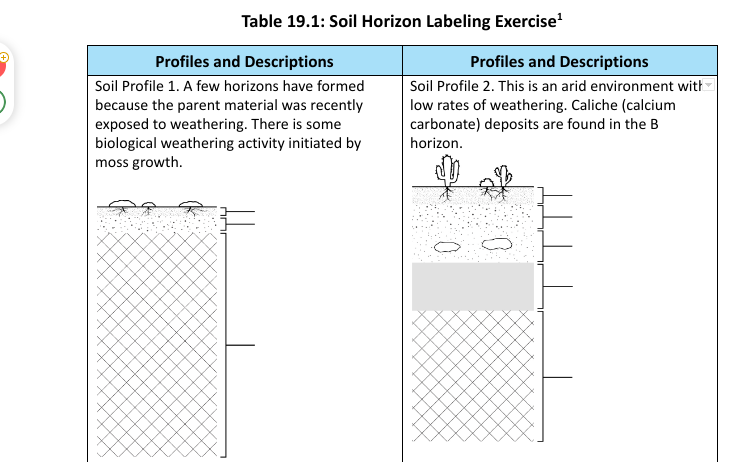
Solved Based on the descriptions provided in Table 19.1

Figure. Models of rates of pedogenesis for background (left) and buried

Soils and Burial (Horizon Types and Effects of Burial in the Temperate and Boreal Regions) (Chapter 4) - Applied Soils and Micromorphology in Archaeology
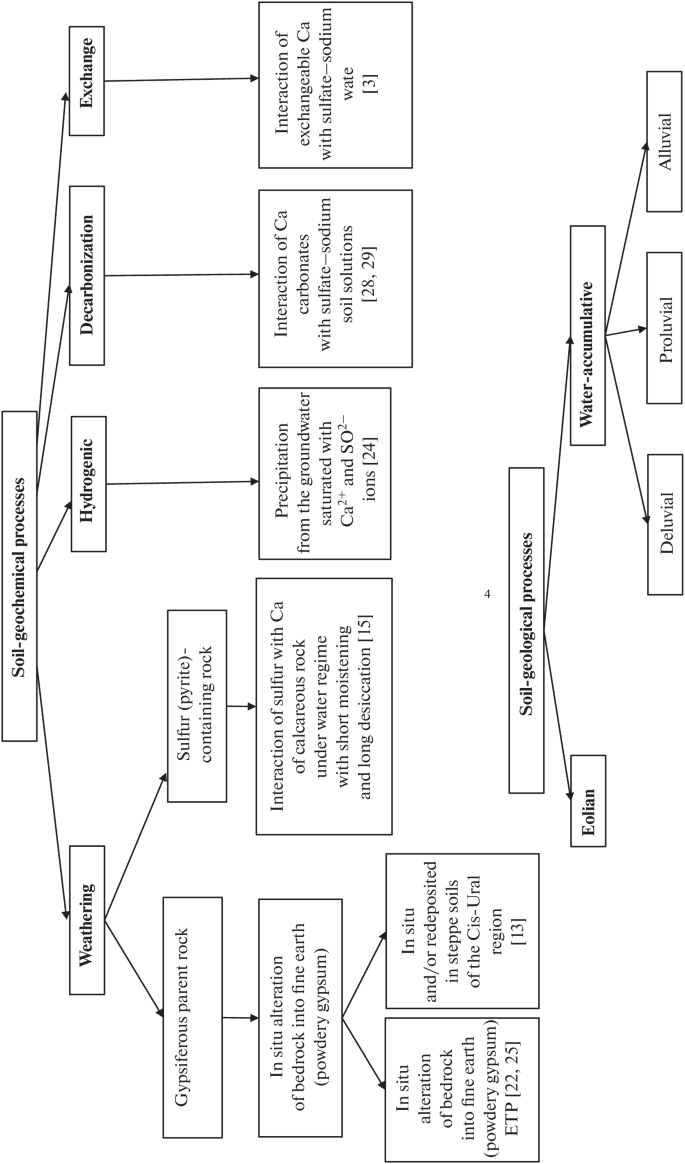
Gypsiferous Gazha Soils of the Subboreal Zone of Eurasia
elibrary
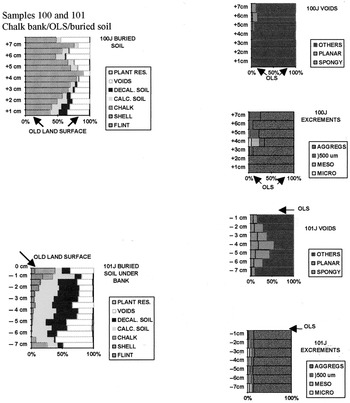
Soils and Burial (Horizon Types and Effects of Burial in the Temperate and Boreal Regions) (Chapter 4) - Applied Soils and Micromorphology in Archaeology


